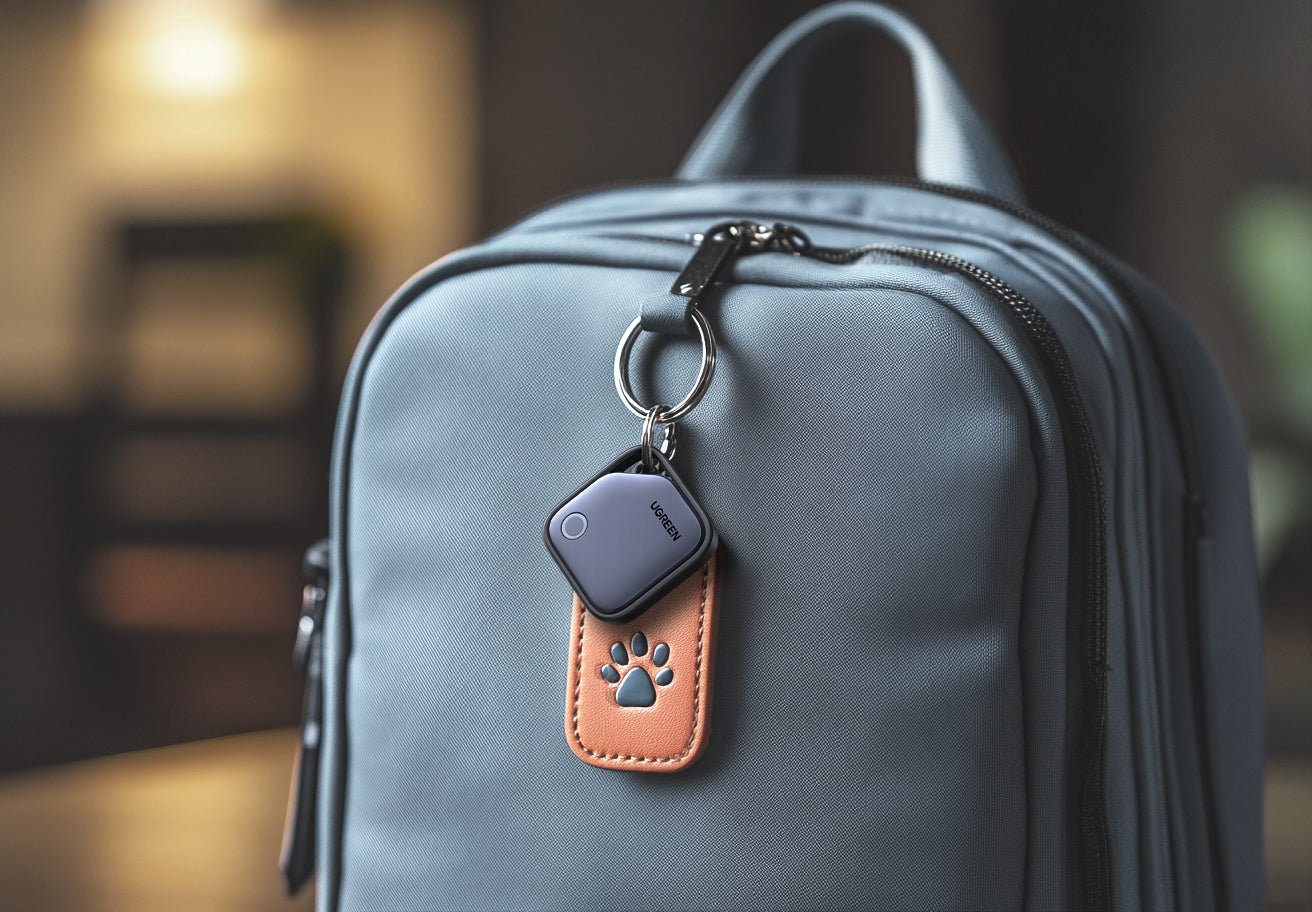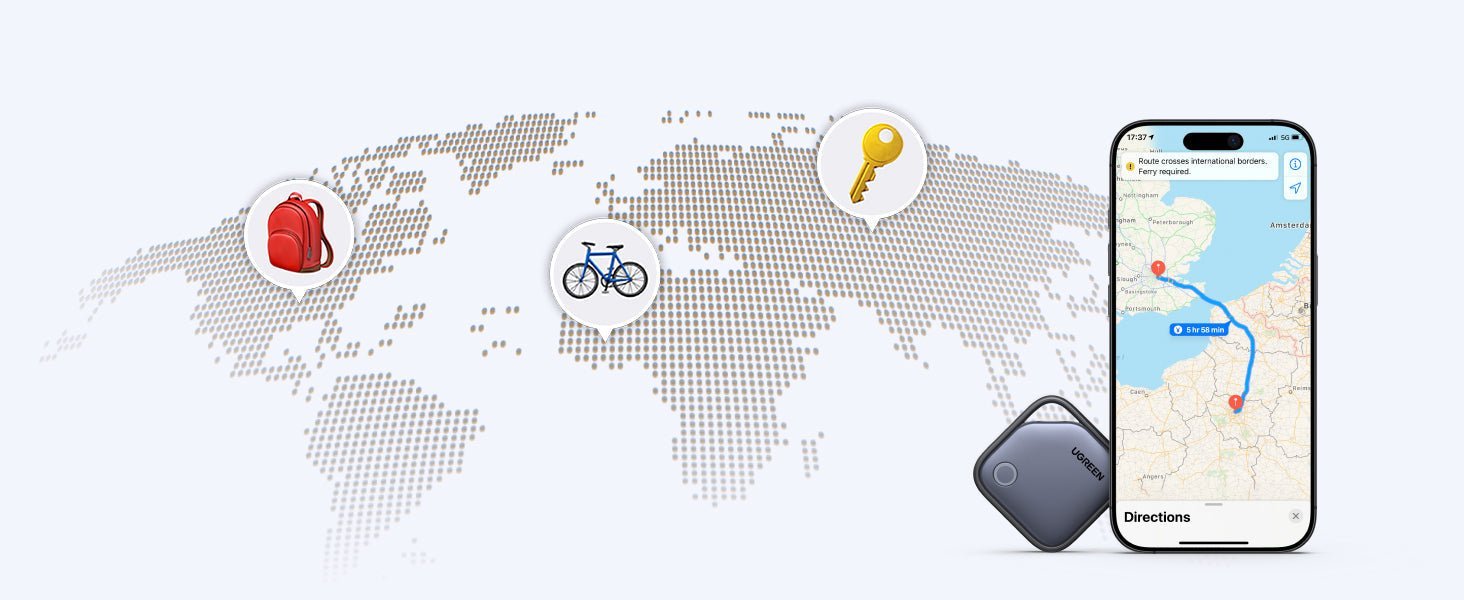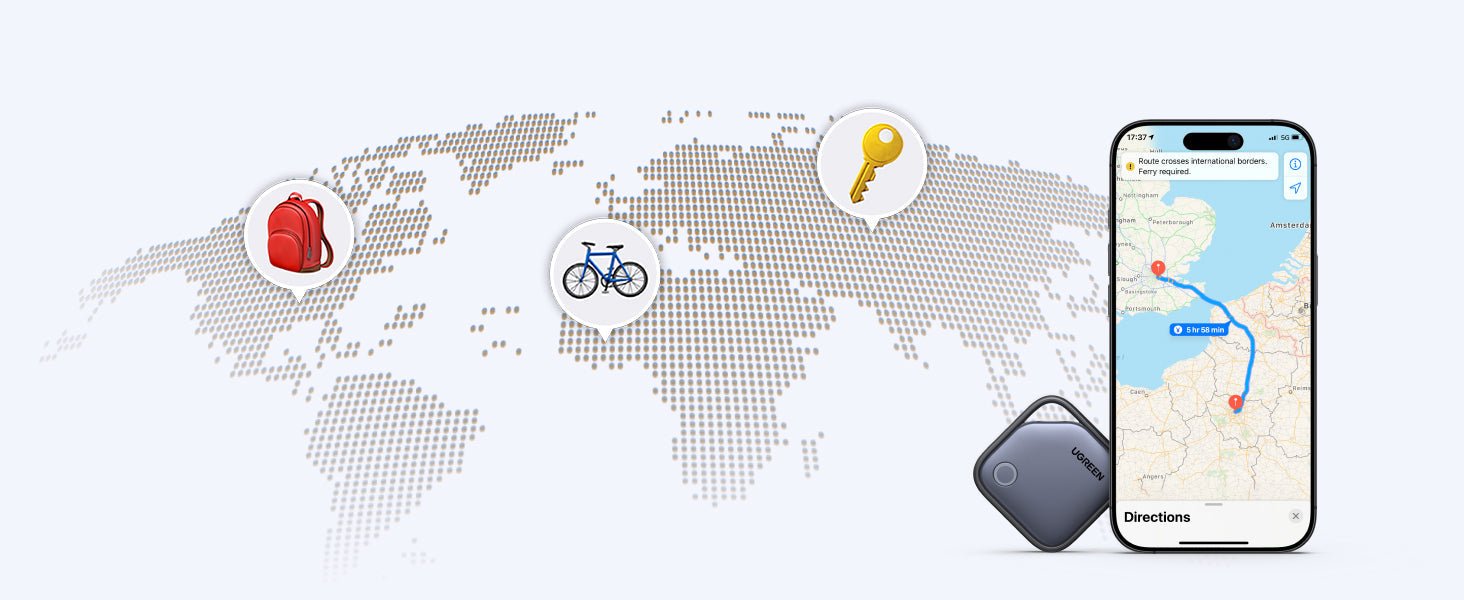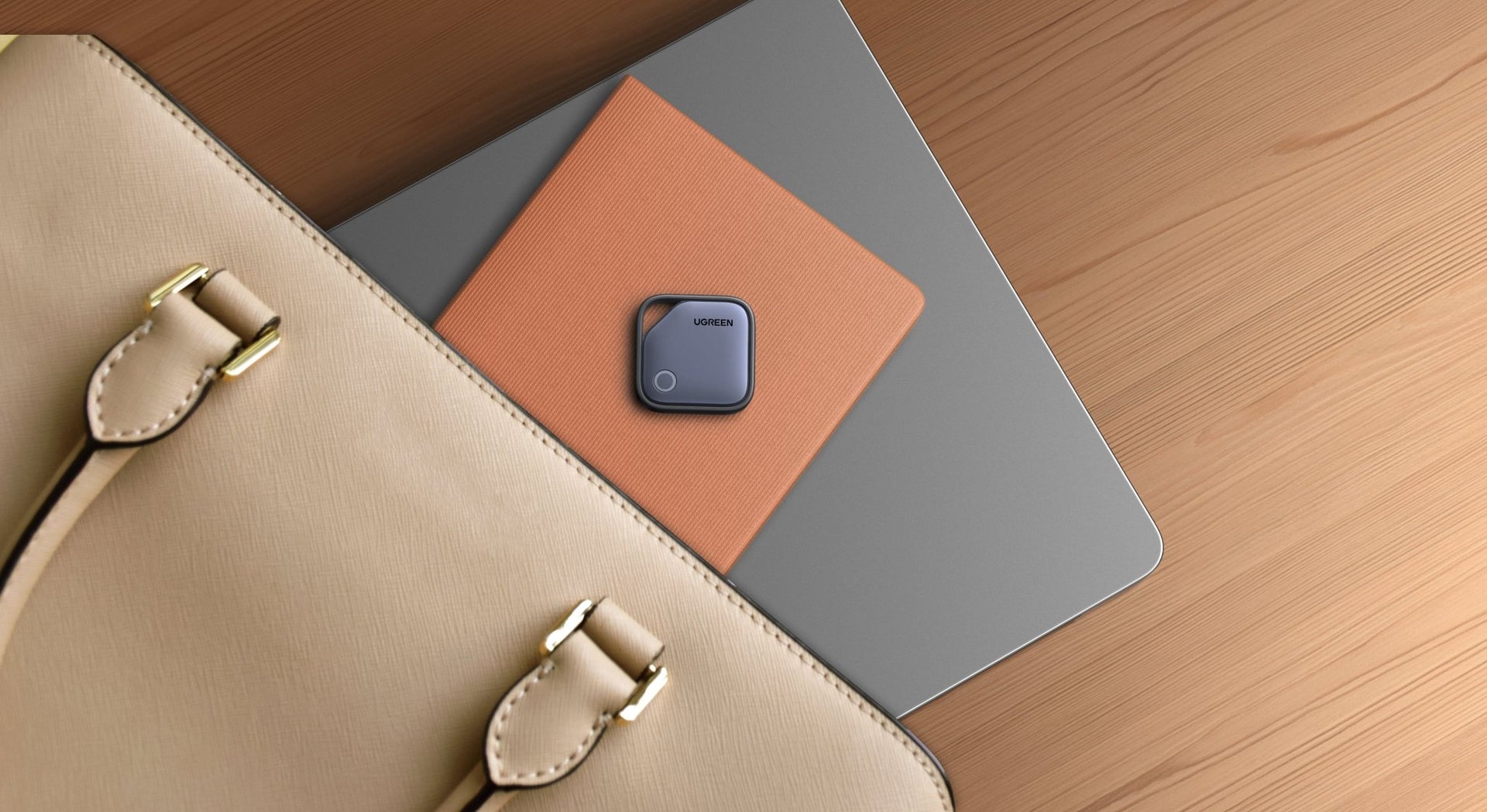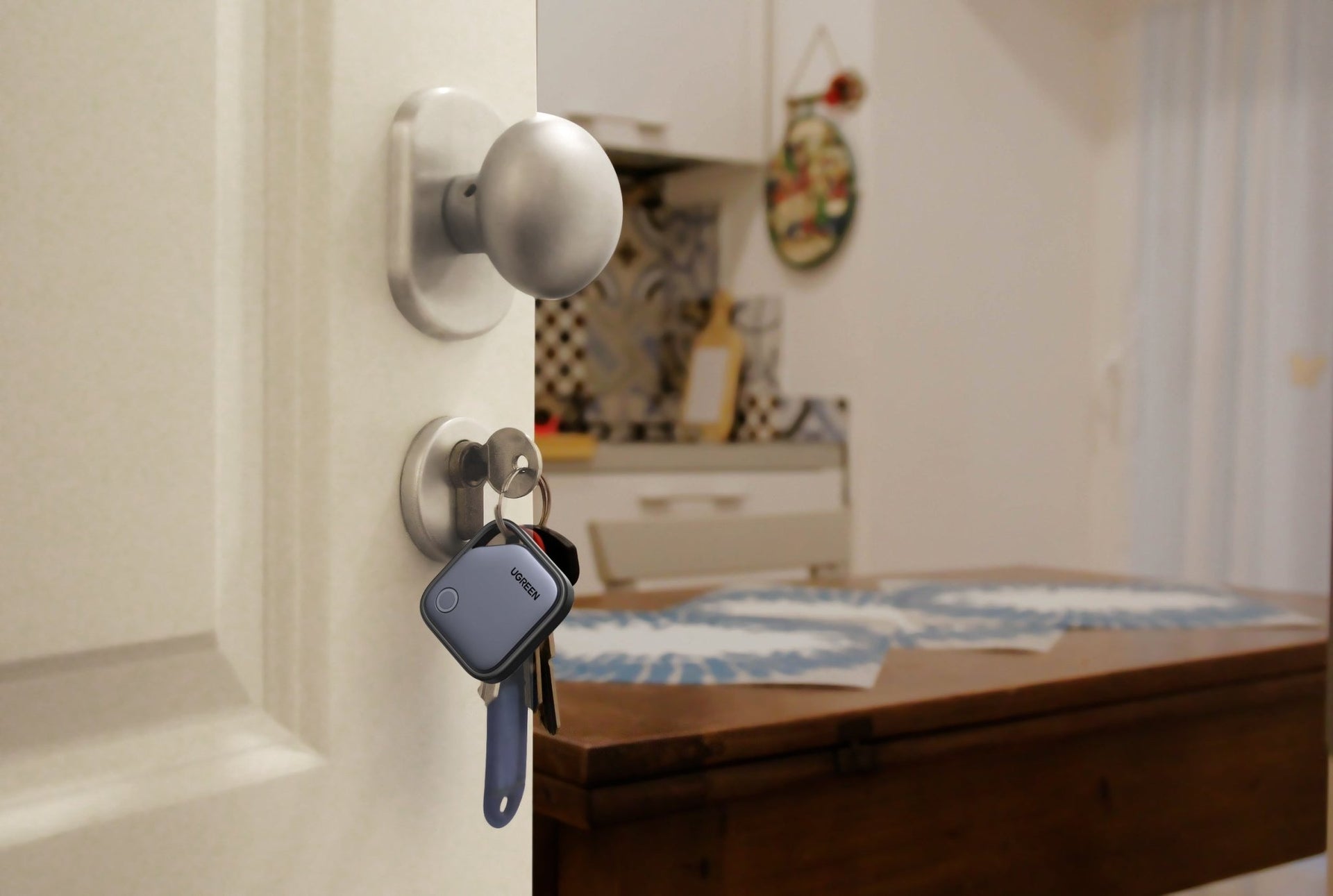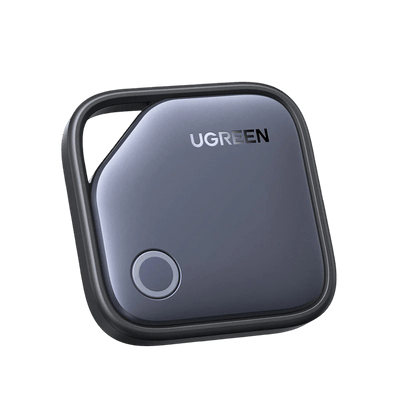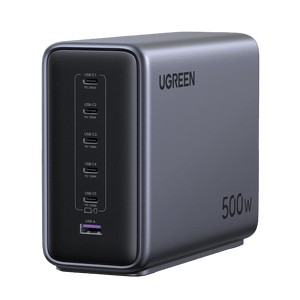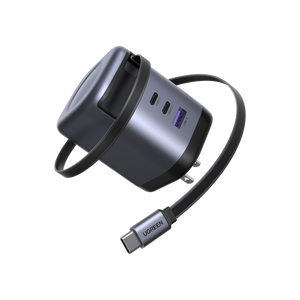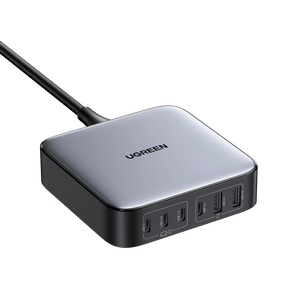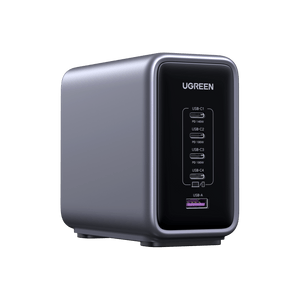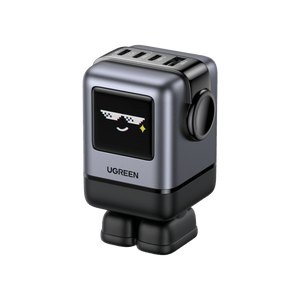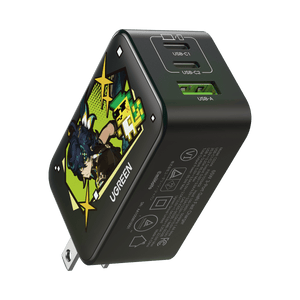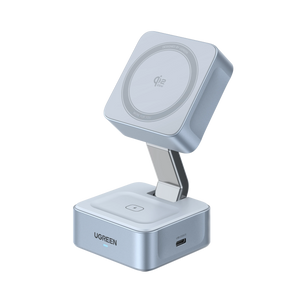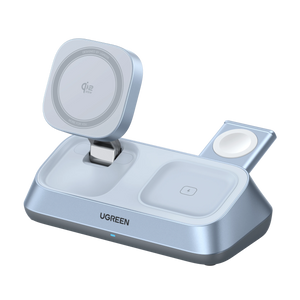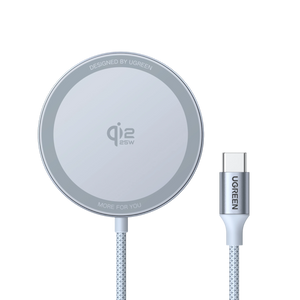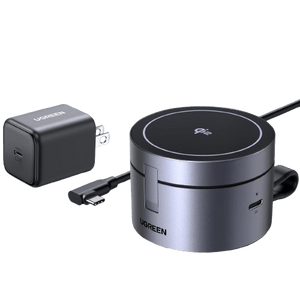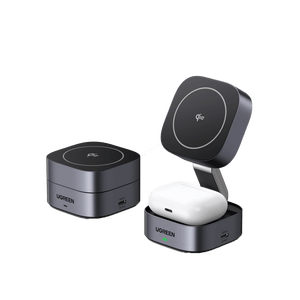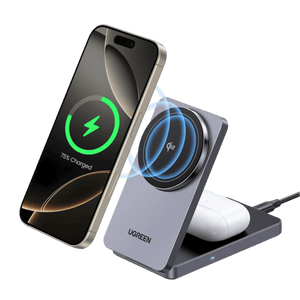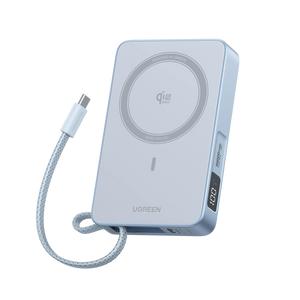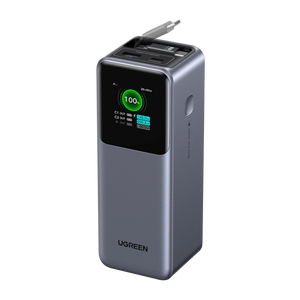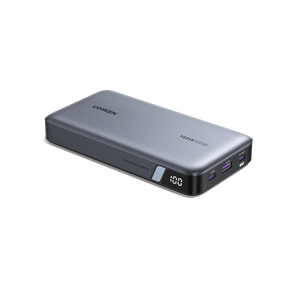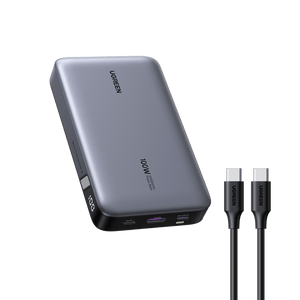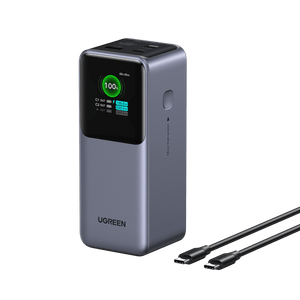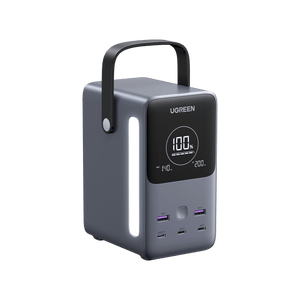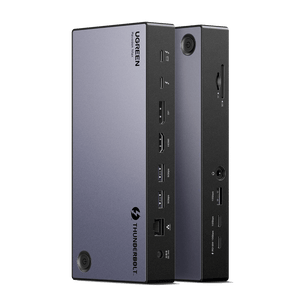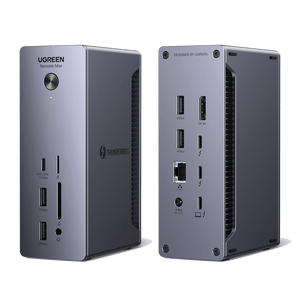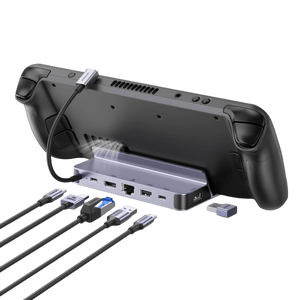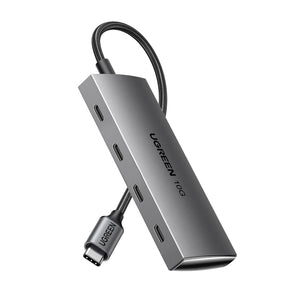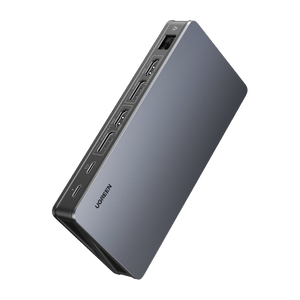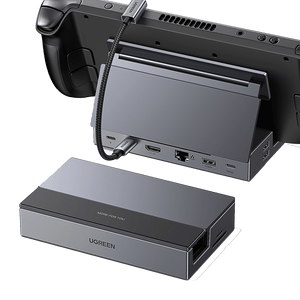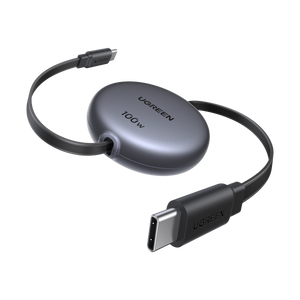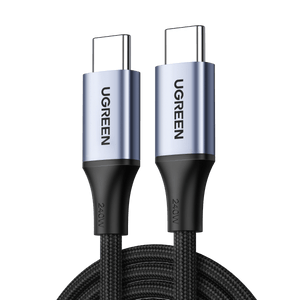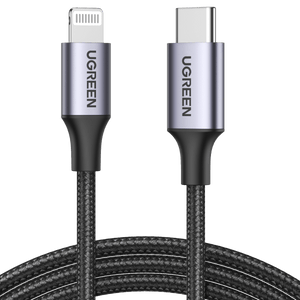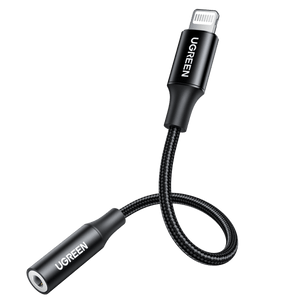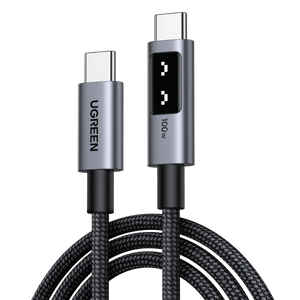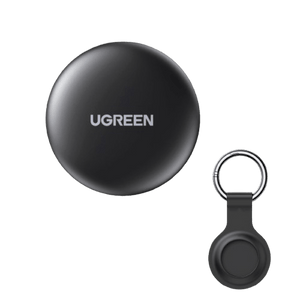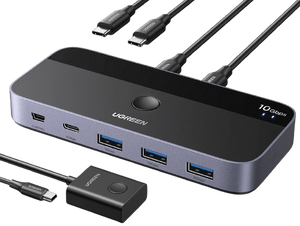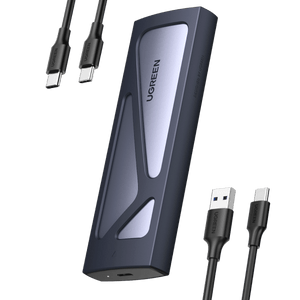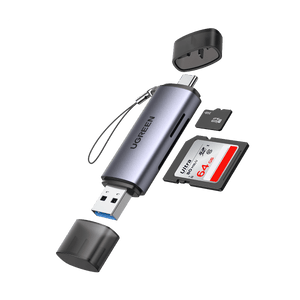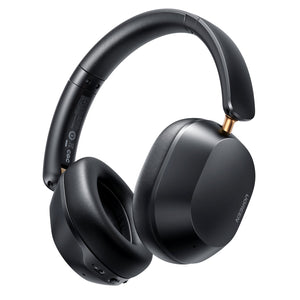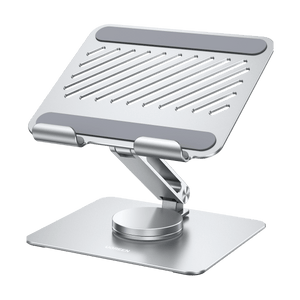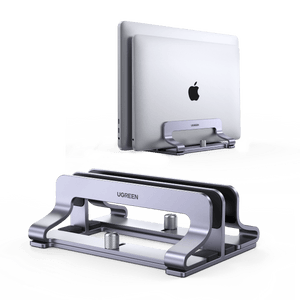How to Find a Lost or Stolen Bike: Actionable Steps That Actually Work
So, your bike isn’t where you left it. Maybe you double-check, hoping it's all just a joke, but deep down, you already know the truth. It's completely normal to feel that jolt of fear. The rush of "what now?" can be overwhelming. But take a deep breath. You're not helpless in this situation, and you're not alone.
Bikes get stolen on a daily basis, and believe it or not, many of them are recovered. Sometimes, this happens within hours; other times, it may take a week. What matters now is how you respond.
This guide will walk you through the entire bike recovery process. We will explore what to check, who to contact, how to track your bike, and where to post about it. Bike recovery isn’t about seeking revenge; it’s about staying calm and taking effective action with the right tools.
1. Stay Calm and Confirm the Bike Is Truly Missing
Take a breath, false alarms happen. Double-check where you parked it; maybe it’s in a different rack or spot than usual. Many “stolen” bikes turn out to be misplaced. Ask your housemates or nearby staff, someone might’ve moved it without telling you.
Also check if it was towed. Cities and campuses often remove bikes parked in the wrong place. Look for signs nearby or call local authorities to confirm.
2. Verify the Alert if You’re Using a Tracker
If you use a smart finder like the UGREEN FineTrack, start by opening the Find My app. Trackers can sometimes show warnings when the signal weakens, especially in basements or near high-rise buildings. However, this doesn't automatically mean your bike has been stolen.
Check the map. If the pin hasn't moved or is still close by, your bike might still be where you left it or very close to it. It’s best to check the area before taking any further action.
Track with a Smart Device if Installed
If you’ve hidden a smart finder in your bike, good thinking! Now, it’s time to put it to work.
Step 1: Open the Find My App
- Start by launching Apple’s Find My app on your iPhone or iPad.
- Tap the “Items” tab.
Step 2: Select the tracker name
Choose the tracker name (e.g., Bike, FineTrack).

Step 3: Check the last known location on the map
If your bike is moving, the location will update as nearby Apple devices ping it.
How UGREEN FineTrack Keeps You Connected
If you’re using the UGREEN FineTrack Smart Finder, you're way ahead of the game. It's Apple Find My certified, allowing for seamless syncing free of charge and reliable global location tracking. There’s no need for GPS, Wi-Fi, or a SIM card needed. All you need is just Bluetooth and whatever Apple users are nearby.

FineTrack transmits a secure signal. iPhones nearby relay it anonymously, showing your tracker’s current location without alerting anyone in range, including a potential thief.
Sound the Alarm
Try the “Play Sound” option. The FineTrack features a built-in alarm that’s louder than most (up to 80 dB) and can be heard through walls and garages, even a busy street. It's a quick way to check if your bike is close by, perhaps just around the corner or behind a dumpster.
Stealthy and Secure
One of FineTrack's best features is its compact design. It's only 36mm wide, so it slides under the seat, into a saddlebag, or hidden within the frame of the bike. Most burglars won't even think to check these spots, making it difficult for them to find and remove the tracker.

If your bike appears on the map, resist the urge to rush out alone. Take a photo, mark the location, and call the police. Let law enforcement handle the situation safely. That tracker you've added to your bike just gave you something most people never get: a legitimate tip. Now, pass it on to the professionals who can act on it safely.
3. Report the Theft to the Police
Even if things seem hopeless, file a report. The police may not always find the bike, but creating an official record is essential. This documentation can assist with insurance claims, tracking agencies, registration platforms, and even the recovery of your bike.
If your bike is found in a pawn shop or station, the report makes it recoverable. Without a report, you cannot file a claim.
Get All the Information You Need
Before you contact the police, have everything that proves the bike belongs to you:
- Brand and Model: For example, “Specialized Rockhopper Comp 29.”
- Color: Be specific (like matte black with red decals)
- Serial Number: Typically located under the bottom bracket; refer to old photos if unsure
- Clear Photographs: Include full shots and close-ups of unique parts or any damage
- Accessories: List any fitted accessories (rack, lights, bell, GPS, etc.)
- Time and Place: Provide an approximate time window of theft and exact location (Including landmarks or business names)
If you’ve lost your receipt, you can use past service records, email from a bike shop, or warranty documents to verify ownership.
File the Report Online or in Person
Most cities allow you to file reports online. Start by checking your police department's website. If this option isn’t available, visit your local station in person. Be concise and specific in your report. Mention how the bike was secured, where it was parked, and when you last noticed it. If you used a smart finder such as UGREEN FineTrack, include the last known position and screenshots of your tracking app.
{{UGPRODUCT}}
Attach all documents and photos, or bring them along. Officers can file better reports when provided with comprehensive information.
Get the Case Number and Keep It Safe
Once the report is submitted, request your official case number. Write it down or save it to your phone. You’ll need it to:
- Claim insurance or get reimbursed
- Update stolen bike databases (like Bike Index or 529 Garage)
- Report follow-up info to the police
- Show proof if you notice the bike being promoted on the web or in a store
Your number is your lifeline. Don’t lose it.
Add New Leads and Follow Up
If you obtain a lead, like spotting your bike for sale, don’t confront anyone. Instead, contact the same officer or precinct and quote your case number. Share updates calmly, with screenshots or timestamps if possible. It shows you’re serious and prepared.
While police might not act fast, providing good evidence can expedite their action. Persistence, not panic, is key here.
4. List Your Bike as Stolen on Online Registries
After filing a police report, your next step is broadcasting the theft where it matters. Head to high-traffic platforms like BikeRegister (UK), Project 529 (US/global), or the National Bike Registry. Police forces, second-hand marketplaces, pawn shops, and concerned citizens alike routinely check databases.
Post them in small increments: brand, frame number, size, colors, distinguishing marks, and serial numbers. Add pictures of it from various angles, like handlebars, wheels, frames even receipts, if available. Then, mark the status as "stolen" and input the time and location of the theft.
5. Search Online Marketplaces Actively
Even if your bike has vanished into thin air, chances are that it will surface on second-hand websites. Burglars like to sell stolen bikes as soon as possible through platforms like eBay, Facebook Marketplace, Craigslist, Gumtree, or even Shpock. Begin with daily searches using keywords based on your bike's brand, model, frame size, and color. Narrow down your filters to local searches for quicker response.
To simplify it, register keyword notifications on these sites so that you can receive an alert as soon as a listing matches your bike's details. Use image search engines like Google Lens or TinEye they allow you to search marketplaces for images matching the ones you have on your stolen vehicle.
If there is a suspicious ad, report it to the police along with your crime reference number and arrange any meetings in a police-suggested public location. Do not go alone to meet the seller.
6. Check Local Pawn Shops and Second-hand Bike Stores
Not all stolen bikes end up on the internet many quietly find their way into nearby pawn shops or second-hand bike stores. Especially in busy inner cities, these physical stores remain a popular secondary market. If your bike was recently stolen, act fast, as some shops sell inventory within days.
Print clear pictures of bikes showing the front, side, and special features. Include a written description with the make, model, size, color, and serial number. Go into local shops or phone them up. Call and ask if they've accepted a bike similar to the one described by you.
Leave your contact info behind. Some shop owners will help you, especially if you are polite and prepared. Inform them that you have filed a police report and provide the case number if asked.
7. Post on Social Media and Local Forums
If you get your bike stolen, your local neighborhood can be your best search party, assuming you know how to reach them.
Start by making a short, detailed post: include pictures, where and when it was stolen, and any distinctive details like color, decals, or accessories. Then share it on Facebook cycling communities, Nextdoor, and Reddit threads such as r/bicycling or r/[YourCity], and don't forget Instagram Stories or X (formerly Twitter). Be specific but calm. Say something like: “Stolen from [area] on [day], around [time]. Add your contact info or police case number if you feel safe doing so.
This isn’t just a way to vent. Many bikes have been recovered because strangers spot them in parks, flea markets, or online. As one cyclist wrote: "A guy sent me a DM on Facebook saying he saw it chained up at the train station. I got it back."
8. Visit Local Lost & Found or Towed Vehicle Facilities
Before you accuse someone of stealing your bike, it’s essential to rule out the possibility that it was towed. Cities often tow bicycles for obstructing sidewalks, bus stops, or emergency exits. Call your city Department of Transportation, campus police, or residential building management.
Provide them with the specific location and time you saw the bike last. Ask whether it was towed under a parking ordinance. Many cities hold towed bikes at city depots or lost property offices. Making this call promptly could save you days of stress. Always check here first, as more than a few “stolen” bikes end up at city storage yards.
9. Check CCTV If Available
Security cameras are everywhere, but you've got to be quick. Most systems overwrite video footage within 24 to 72 hours.
Start by heading back to where the bike was stolen. Were there any offices nearby? Apartment buildings? Office building doorways? Even a front porch with a doorbell camera might have caught something. Don't be afraid to ask the owners or employees politely if they would be willing to share their video during the time it was stolen. Be specific in date, time, and location. Take a photo of your bike printed out. Companies will be reluctant to release footage. This situation is where your police report number is useful. If needed, have law enforcement request the video on your behalf.
Even a vague glimpse, such as a thief’s clothing, a getaway route, or a van’s license plate, can crack the case. You’re not chasing grainy footage for fun. You’re gathering real leads.
10. Stay Mentally Prepared and Learn for Next Time
Losing a bike can hit you hard. It’s not just the financial loss; it’s also the feeling of violation. While many bikes are recovered, not all stories end that way. That doesn’t mean your efforts were wasted. Everything you’ve done builds your awareness and sharpens your instincts.
Prepare Before It Happens Again
Now's the time to future-proof your ride. Get your bike registered on sites like Bike Index, Project 529, or your local police database. Keep clear, current photos from multiple angles, and document your serial number, receipt, and any custom work.
Add Smart Tools to Your Arsenal
Consider installing a tracker like the UGREEN FineTrack, which is completely compatible with Apple's Find My network. It's tiny, tamper-proof, and notifies you if your bike moves beyond the safe zone. Using this technology alongside a solid U-lock and maintaining accurate records gives you a better chance of recovery.
Conclusion
Recovering a lost or stolen bike takes calm thinking, fast action, and persistence. Community groups, CCTV, and smart technology like the UGREEN FineTrack can all play significant roles. Many riders get their bikes back through a mix of luck and preparation. Report it, track it, share it, and learn from it. You’re not powerless; you’re just one good lead away from turning frustration into success. And next time, you’ll be even more prepared.
